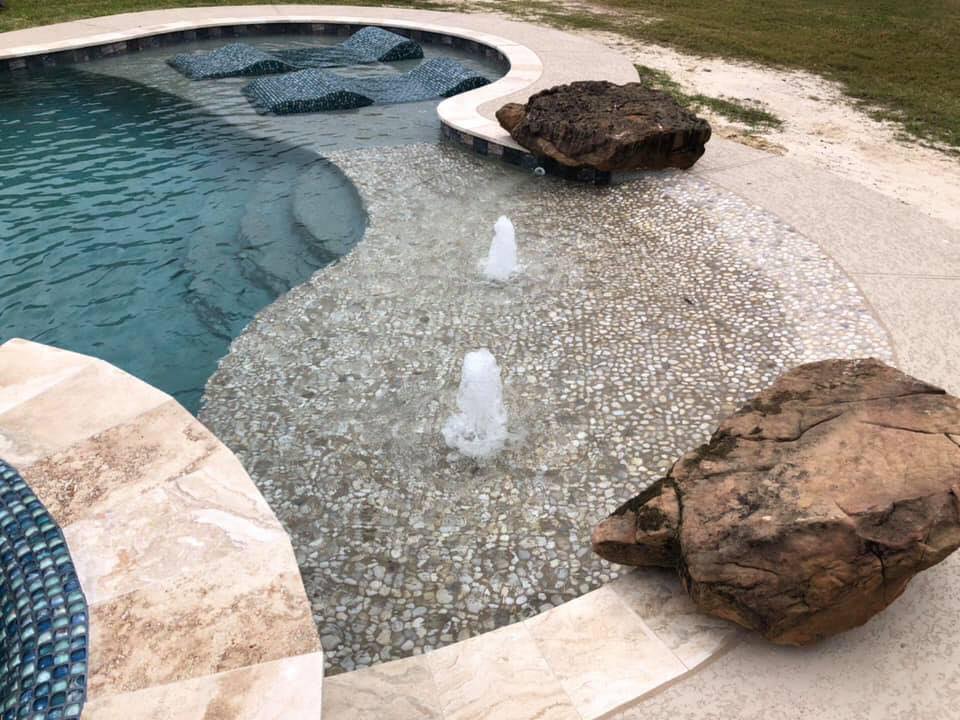What is hydrostatic pressure?
Hydrostatic pressure is the pressure that is exerted by a fluid at equilibrium at a given point within the fluid, due to the force of gravity. The pressure increases with depth as a result of the increasing weight of fluid above the point where the pressure is being measured.
The hydrostatic pressure on an object is equal to the sum of the atmospheric pressure and the atmospheric pressure. The atmospheric pressure is caused by the weight of air molecules pressing down on objects from above. The atmospheric pressure decreases with altitude.
The hydrostatic pressure can be calculated using the following equation:
P = P0 + rgH
where P is hydrostatic pressure, P0 is atmospheric pressure, rg is the specific gravity of the fluid, and H is height above a reference point.
For example, if an object is submerged in water at a depth of 10 meters, the hydrostatic pressure on the object would be 101325 + 10 * 9.81 = 103315 Pa (pascals).
What is hydrostatic pressure in a swimming pool?
Hydrostatic pressure is the force per unit area that is exerted by a liquid on an object. The pressure of a swimming pool can be determined by its depth. The deeper the pool, the greater the hydrostatic pressure at the bottom of the pool. This pressure can be measured in pounds per square inch (psi).
The hydrostatic pressure in a swimming pool can be used to help circulate the water. By circulating the water, it helps to evenly distribute the chlorine and other chemicals throughout the pool. Hydrostatic pressure can also be used to clean the pool filters. When the filters become clogged with dirt and debris, hydrostatic pressure can be used to clean them.
Hydrostatic pressure is also important for safety reasons. The higher the hydrostatic pressure in a swimming pool, the greater the chance of someone being injured if they fall into the pool. For this reason, it is important to maintain a safe level of hydrostatic pressure in a swimming pool.
Do I need a hydrostatic valve in my pool?
If you have a pool, you may have wondered if you need a hydrostatic valve. Here’s what you need to know about hydrostatic valves and whether or not you need one for your pool.
A hydrostatic valve is a valve that is used to release pressure from a system. In most cases, hydrostatic valves are used in piping systems to relieve pressure that has built up within the pipes. This can happen due to many factors, such as changes in temperature or an increase in the amount of water flowing through the pipes.
While hydrostatic valves are not required in all pools, they can be beneficial in some cases. If your pool is located near a body of water with a higher water level, such as a lake or ocean, then installing a hydrostatic valve can help prevent your pool from being flooded by water that seeps into the ground and rises up into your pool. Hydrostatic valves can also help protect your pool from damage that can be caused by high water pressure.
Overall, whether or not you need a hydrostatic valve for your pool depends on several factors. If you are concerned about the possibility of flooding or damage from high water pressure, then installing a hydrostatic valve may be the best option for you. However, if your pool is not located near a body of water with a higher water level, or if you are not concerned about flooding or damage from high water pressure, then a hydrostatic valve may not be necessary.
What is the valve at the bottom of my pool?
There are a lot of different parts to a pool, and it can be difficult to keep track of where everything is. The hydrostatic valve is an important part of the pool, and it is responsible for keeping the water level in the pool consistent. If the hydrostatic valve is not working properly, then the water level in the pool can fluctuate and cause problems.
The hydrostatic valve is located near the bottom of the pool. It is typically located on the side of the pool that is closest to the pump. The hydrostatic valve is made up of two parts: a float and a vented plug. The float is responsible for sensing the water level in the pool and adjusting the vented plug accordingly.
If you have a problem with your hydrostatic valve, it is important to take action immediately. First, check to see if there is anything blocking the valve or preventing it from functioning properly. If there is something blocking the valve, you will need to remove it so that the valve can work correctly. Next, check to see if the float needs to be adjusted. If so, use a Phillips head screwdriver to adjust the float until it is in the correct position. Finally, if you still have problems with your hydrostatic valve, you may need to replace it entirely.
Looking for a pool builder? Fill out the form below or CLICK HERE to see our locations.
Looking for pool cleaning? See our Premier Pool Service locations HERE.





